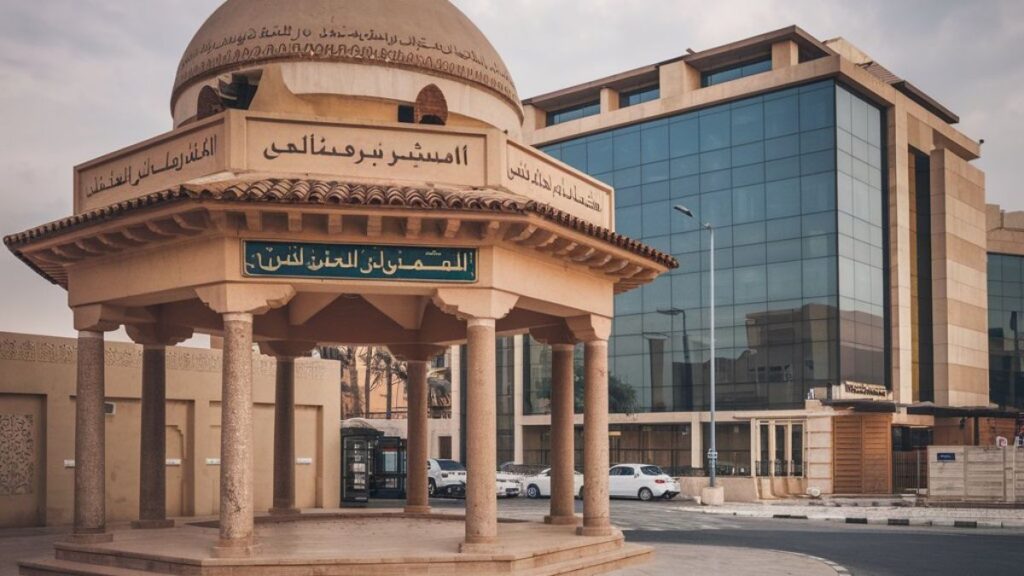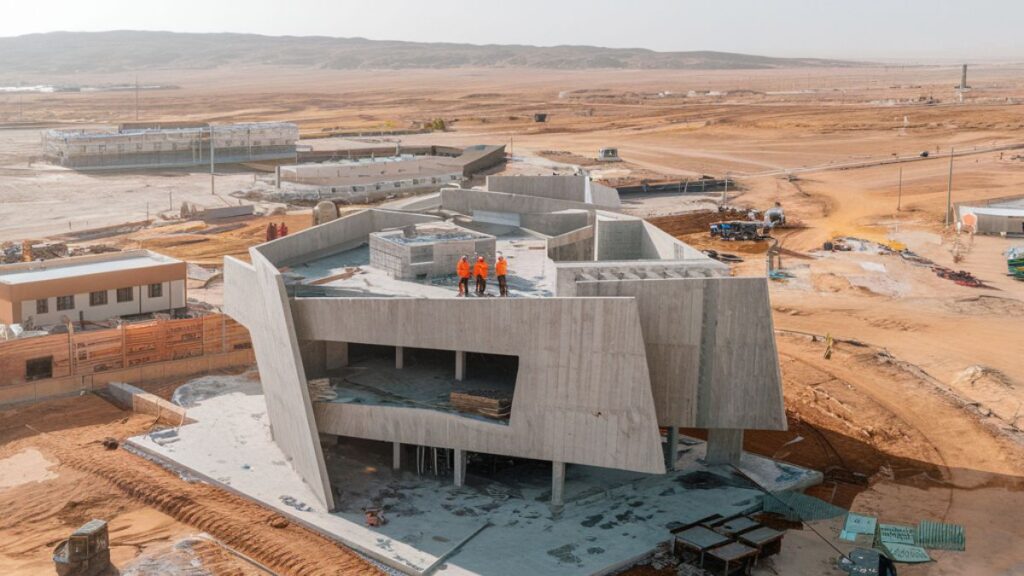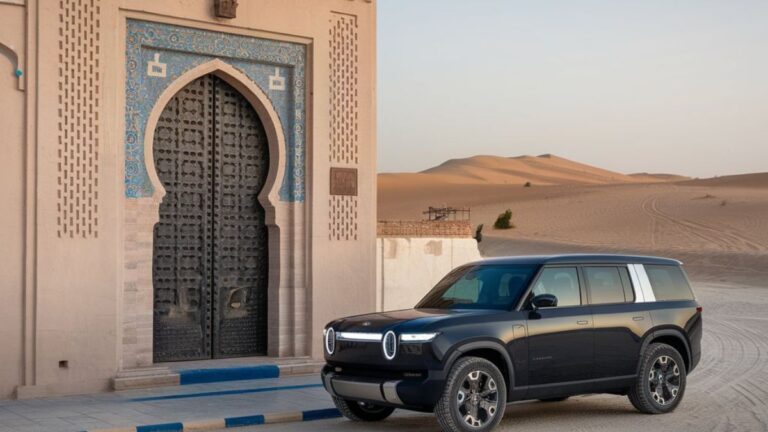Unique places derive their uniqueness from what combination of factors? The place becomes distinctive because of its fundamental traditional foundations and its successful integration of contemporary elements into its historical settings. Umm Al Thuoob, a lesser-known yet culturally significant location in the UAE, stands as a testament to this perfect balance. This location upholds historical heritage along with contemporary changes that draws historians artists and people who love culture to explore it.
This article studies Umm Al Thuoob’s through its historical underpinnings and cultural value and its current developmental process. This article will describe how the region upholds its heritage through contemporary development to guarantee its heritage lives on for future generations.
The Historical Significance of Umm Al Thuoob

Origins and Early Settlement
The historical backdrop of Umm Al Thuoob has been extending from centuries which reveals that this settlement served as a major commercial port for historical maritime operations. Umm Al Thuoob’s served as a commercial center due to its strategic position on the Arabian Gulf that facilitated business in pearl diving and fishing industries.
Influence of Bedouin Traditions
The Bedouin tribes played a crucial role in shaping the culture of Umm Al Thuoob. Their traditions, including hospitality, craftsmanship, and storytelling, continue to influence the area. Even today, visitors can experience authentic Bedouin customs that have been passed down through generations.
Architectural Marvels and Historical Sites
The region of Umm Al Thuoob showcases its historical heritage through numerous ancient structures which demonstrate its ancient greatness.
- Traditional Wind Towers – Such innovation in architectural design helps preserve home temperatures within desert hot conditions.
- Fortresses and Watchtowers – The region got its security from fortress constructions and watchtowers for protection against invasion.
- Ancient Mosques – Reflecting Islamic architectural influences and spiritual significance.
Cultural Legacy and Traditions
Pearl Diving and Maritime Heritage
Umm Al Thuoob stands out for its heritage associated with pearl diving activities. Umm Al Thuoob’s stood as the main center for economic pearl diving activities before oil discoveries became common in the UAE. Pearl divers spent numerous months diving for pearls using traditional techniques until the collected pearls traveled to Asia and European markets through merchant exchange.
Traditional Crafts and Handicrafts
The local artisans from Umm Al Thuoob maintain traditional arts through:
- Pottery and Ceramics – Arab and Persian-inspired designs appear intricately throughout such displays.
- Weaving and Textiles – The practice of making rugs along with baskets and traditional garments utilizes materials that stem from the local community.
- Calligraphy and Islamic Art – Stunning visual representations of Quranic verses and Arabic poetry form part of Islamic Art and Calligraphy displays.
Festivals and Celebrations
Festivals of cultural heritage serve a vital function for maintaining the distinct identity of Umm Al Thuoob’s. Some notable events include:
- National Day Celebrations – Throughout the UAE’s celebration citizens participated in military parades while listening to national music and witnessing traditional dances.
- Heritage Festivals – Such events let viewers see traditional pastimes including falconry and camel racing and folk performances.
- Religious Gatherings – The occasion of Eid serves as an opportunity for the community to gather together in unity while practicing generosity.
The Modern Transformation of Umm Al Thuoob

Urban Development and Infrastructure
The community has held onto its traditional tendencies while experiencing broad progress in modern times.
- Improved Road Networks – Enhancing accessibility to the region.
- Smart City Initiatives – Smart City Initiatives connect city planning with sustainability through technological integration.
- Eco-Friendly Housing Projects – Blending traditional architecture with contemporary green building practices.
Tourism and Economic Growth
The tourism sector of Umm Al Thuoob advances its goals through:
- Luxury Resorts and Hotels – The establishment delivers first-rate hospitality services through ethnically authentic designs.
- Cultural Tourism Programs – The Cultural Tourism Programs promote visitors to interact with heritage sites by experiencing traditional local customs during their visits.
- Sustainable Fishing and Agriculture – Revitalizing traditional industries with modern, eco-friendly techniques.
Education and Cultural Preservation Efforts
Through multiple cultural initiatives the younger generation receives instruction about their heritage.
- Heritage Museums – Umm Al Thuoob receives comprehensive documentation regarding its historical development.
- Educational Workshops – Teaching students about traditional crafts, language, and customs.
- Government Preservation Programs – Through Government Preservation Programs historical sites together with artifacts receive protection to benefit future populations.
Challenges and the Road Ahead
Balancing Tradition with Modernization
Umm Al Thuoob encounters its most significant challenge from preserving traditional cultural traditions through new technological developments. Active measures must implement to prevent urban development from damaging the core values and traditional customs which characterize the area.
Environmental Sustainability
Umm Al Thuoob will need to face the following environmental matters while it expands.
- Coastal Erosion – Conservation efforts aim to defend the sea creatures as well as coastal regions from overdevelopment.
- Water Conservation – Implementing sustainable water management practices.
- Renewable Energy Integration – Promotion of solar and wind energy systems aims at minimizing carbon emissions through renewable power integration.
Promoting Cultural Awareness
Umm Al Thuoob must maintain its heritage through these actions:
- Encourage Local Involvement – Engaging communities in cultural preservation efforts.
- Leverage Digital Media – Digital Media should be used as a platform for historical narrative transmission through social media and digital storytelling approaches.
- Collaborate with Global Cultural Organizations – The institution should join forces with Global Cultural Organizations along with UNESCO and similar cultural bodies to promote heritage preservation initiatives.
Conclusion
Modern development has produced Umm Al Thuoob into an exceptional model demonstrating how regions can welcome the present without forgetting traditional traditions. This UAE site shows its historical roots through contemporary development as it reveals important insight between past and future of the nation.
Umm Al Thuoob demonstrates the union between heritage preservation and innovative development through its example. Every individual from history lovers to wandering visitors to cultural fans will find distinctive value in this secret town.
The future development of Umm Al Thuoob needs a perfect blend between tradition and modernity to keep its rich heritage alive for coming generations.

